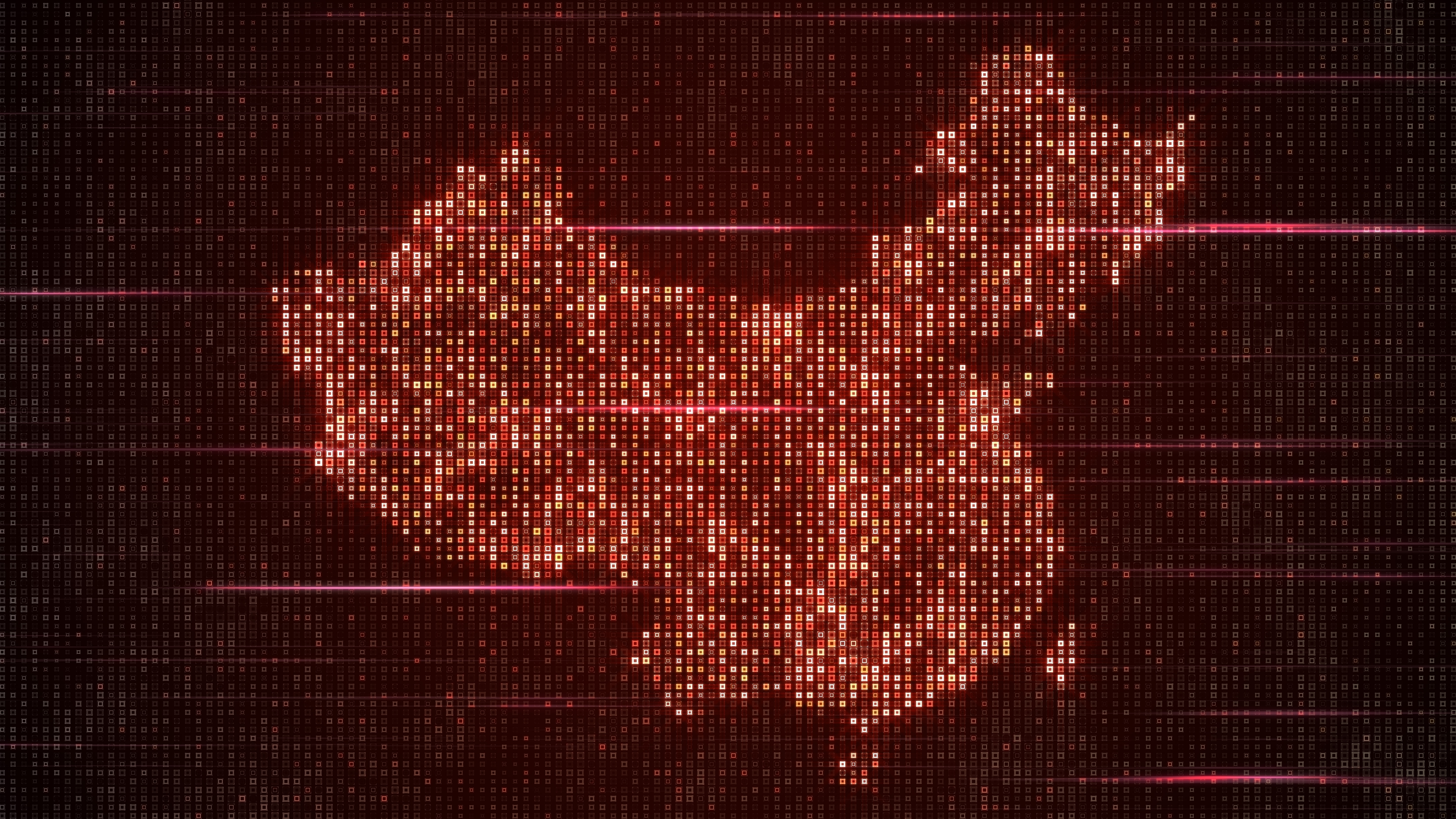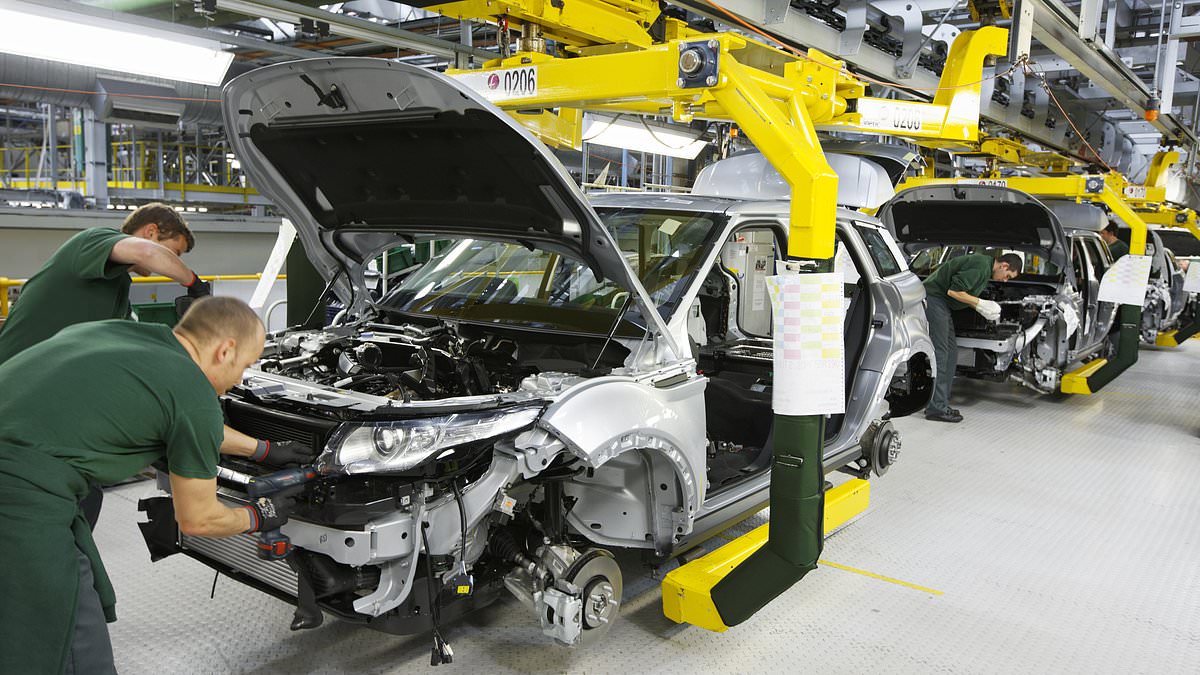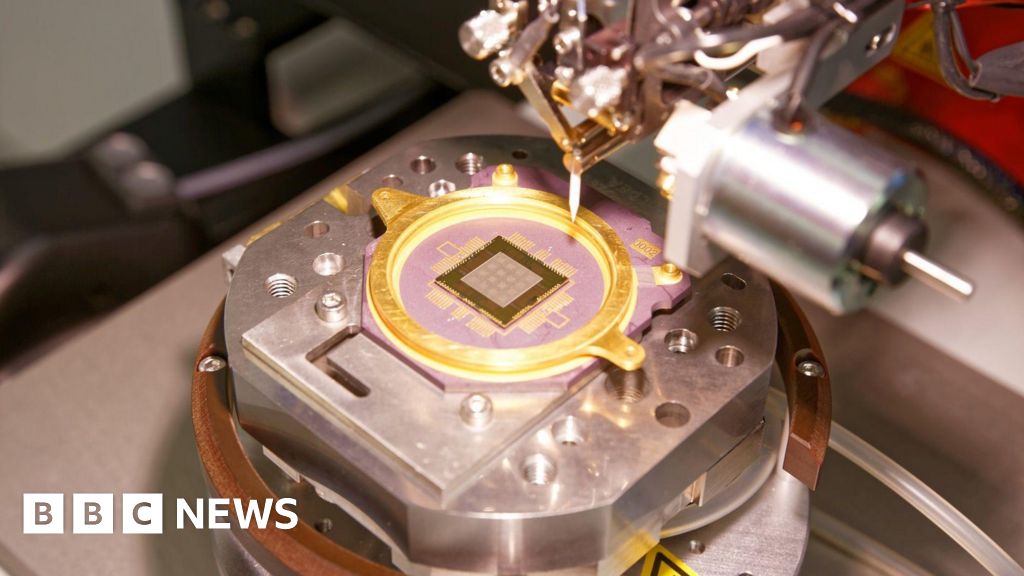
Nvidia’s (NASDAQ: ) $100 billion investment in OpenAI is more than a financial lifeline to the world’s most high-profile AI startup. It tells the story of how a gaming chip company transformed into the central banker of the artificial intelligence economy. By financing its own customers, Nvidia has secured long-term demand for its products, lifted global equity markets, and reshaped credit dynamics. Yet the same strategy ties its fortunes to unprofitable startups, raising questions about sustainability.
From Gaming Champion to AI Kingmaker
Nvidia’s story begins in video games. For years, its graphics cards were best known for powering immersive visuals. Then researchers realized GPUs could accelerate deep learning models. That discovery unlocked an entirely new market, one that would ultimately reshape global technology.
As artificial intelligence moved from research labs to boardrooms, Nvidia became the indispensable supplier of computing power. Demand soared, but so did the cost of scaling. Training advanced AI models required thousands of GPUs and data centers consuming vast amounts of energy.
Startups like OpenAI had the ambition but not the balance sheets. Traditional financing came with interest rates as high as 15 percent, a level that reflected deep skepticism about the economics of AI. Without a new source of capital, growth risked stalling.
Nvidia Steps Into Finance
Instead of leaving its customers to struggle, Nvidia took matters into its own hands. The company committed $100 billion to support OpenAI’s data center expansion. According to NewStreet Research, every $10 billion of Nvidia financing allows OpenAI to spend $35 billion on Nvidia hardware.
The trade-off is clear: Nvidia sacrifices some margin but locks in orders at a scale no competitor can match. Investors approved. On the day of the announcement, Nvidia’s market capitalization jumped $160 billion, reflecting confidence in CEO Jensen Huang’s strategy of using financial muscle to secure technological dominance.
Building the Web of Partnerships
OpenAI is only one part of Nvidia’s growing financial empire.
CoreWeave (NASDAQ: ): Nvidia holds a 7 percent stake and signed a $6.3 billion deal to buy back unused cloud capacity through 2032, ensuring GPUs remain fully deployed.
Intel (NASDAQ: ): A $5 billion investment is funding co-developed products that connect Nvidia GPUs with Intel CPUs, expanding Nvidia’s reach into the PC market.
xAI: Elon Musk’s AI venture counts Nvidia as a strategic investor in global data centers and energy projects.
These deals show Nvidia is no longer just a supplier. It now acts as a financier, risk manager, and strategic allocator of capital across the AI ecosystem.
Circularity and Its Risks
The model is what analysts call “circularity.” Nvidia finances customers, those customers buy Nvidia chips, and the cycle reinforces itself. This keeps the AI boom alive but raises questions about long-term stability.
OpenAI, for instance, has 700 million monthly users but expects $44 billion in losses through 2029 before turning profitable. By lowering its borrowing costs, Nvidia keeps OpenAI afloat, but it also assumes risks that banks and bond markets have been reluctant to take.
This circularity could fuel years of growth if AI monetization accelerates. If it does not, Nvidia may find itself propping up demand that cannot stand on its own.
Data Snapshot: Nvidia’s Financial Reach
Metric
Value / Estimate
Market Implications
Equities
Nvidia’s stock is the flagship for AI optimism. Its strategy extends the boom, but reliance on financing customers could inflate valuations beyond fundamentals.
Bonds
Lower credit risk for Nvidia-backed projects narrows spreads. Yet Oracle’s (NYSE: ) negative outlook from Moody’s shows how AI-related financing can stress balance sheets outside Nvidia’s orbit.
Energy and Commodities
The expansion of AI data centers implies multi-decade growth in electricity demand. Utilities, renewable energy firms, and even natural gas producers stand to benefit.
Currencies
U.S. dominance in AI hardware and financing strengthens the ’s global role. At the same time, speculative AI borrowing could create volatility for emerging markets dependent on dollar liquidity.
Investor Outlook
Nvidia’s rise to AI banker status creates both extraordinary opportunities and hidden risks.
Bullish scenario: AI adoption accelerates, startups monetize quickly, and Nvidia’s financing model locks in decades of growth.
Bearish scenario: AI companies fail to generate profits, financing squeezes margins, and investor confidence unwinds, triggering a sharp correction in Nvidia and AI-linked equities.
Takeaway
Nvidia began as a gaming chipmaker. Today, it is the banker of artificial intelligence. Its unique model of financing customers secures growth but exposes it to the fragility of the very companies it supports. For investors, the key question is whether this new banking role will deliver sustainable returns or whether it risks creating an AI bubble built on borrowed time.



